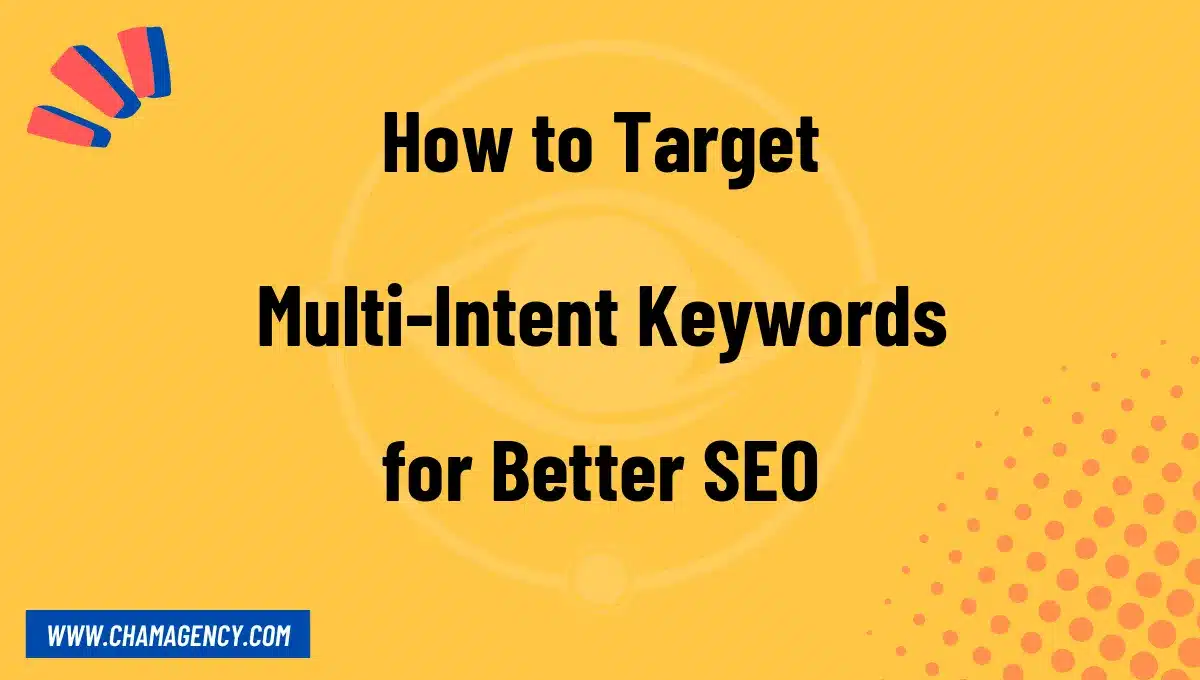When it comes to search engine optimization (SEO), keyword targeting plays a crucial role in driving organic traffic to your website. However, relying solely on generic keywords might not yield the best results anymore. This is where multi-intent keywords come into the picture, helping you reach a broader audience and improve your SEO efforts. In this article, we will explore the concept of multi-intent keywords and provide you with effective strategies to target them for better SEO.
Understanding Multi-Intent Keywords
Multi-intent keywords are search queries that have multiple possible interpretations or meanings. These keywords reflect the various intentions and purposes users may have when conducting a search. For example, the keyword “apple” can refer to the fruit, the technology company, or even a song title. By targeting multi-intent keywords, you can optimize your content to target a wider range of user intents and increase your chances of ranking higher in search engine results pages (SERPs).
Researching Multi-Intent Keywords
The first step to targeting multi-intent keywords is thorough research. Utilize keyword research tools like Google Keyword Planner, SEMrush, or Ahrefs to identify high-priority keywords relevant to your industry. Look for keywords that have multiple interpretations or meanings. These keywords usually have high search volumes and competition, indicating their value in attracting diverse user intents. Additionally, analyze the search engine results for these keywords to understand the intent behind each search query.
Creating Targeted Content
Once you have identified the multi-intent keywords you want to target, it’s time to create content that caters to those intents. Here are some effective strategies to consider:
1. Structure your Content
Organize your content using heading tags and subheadings to highlight different interpretations of the multi-intent keywords. Use H1 tags for your main keyword variations and H2, H3, and so on for subtopics related to those interpretations. This not only improves your article’s readability but also signals to search engines the different facets your content covers.
2. Provide Comprehensive Information
Ensure each interpretation of the multi-intent keyword is well-detailed in your content. Use fully-detailed paragraphs to provide relevant information for each interpretation. Engage the reader by using a conversational tone and incorporating personal pronouns. Be specific and concise, addressing the needs and interests of different user intents. Consider using rhetorical questions and incorporating analogies or metaphors to enhance engagement and clarify complex concepts.
3. Optimize Metadata and Descriptions
Optimize your metadata and descriptions to target multiple interpretations of the multi-intent keyword. Craft unique meta titles and descriptions for each interpretation, incorporating variations of the keywords. This helps search engines understand the various intents your content caters to and increases the likelihood of ranking for multiple interpretations.
Conclusion
In today’s competitive SEO landscape, targeting multi-intent keywords is a strategy that can significantly improve your website’s visibility and organic traffic. By understanding the different user intents behind a keyword and creating content that addresses those intents, you can enhance your chances of ranking higher in search engine results. Remember to conduct thorough research, structure your content appropriately, provide comprehensive information, and optimize metadata and descriptions. With these strategies, you’ll be well-equipped to target multi-intent keywords for better SEO.








